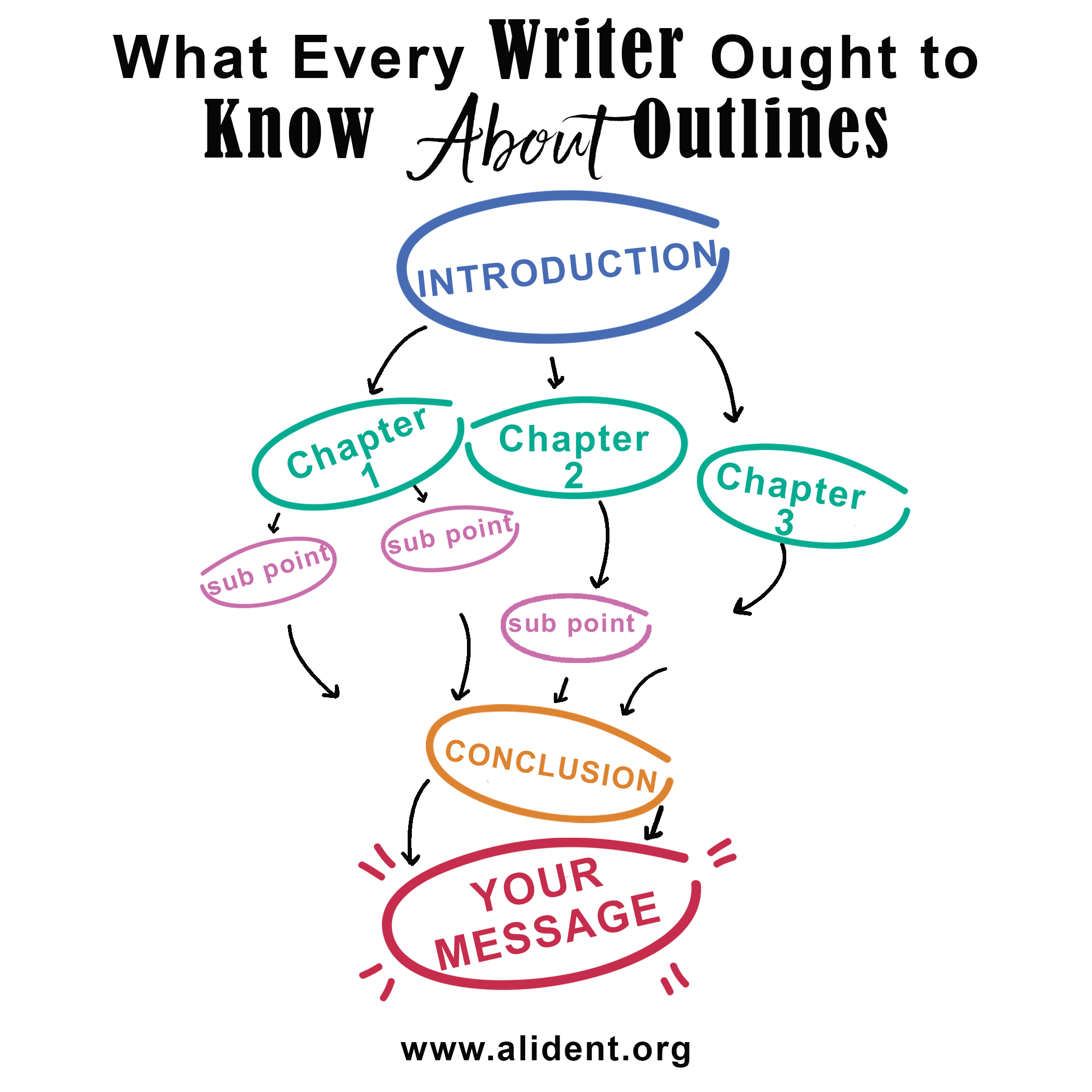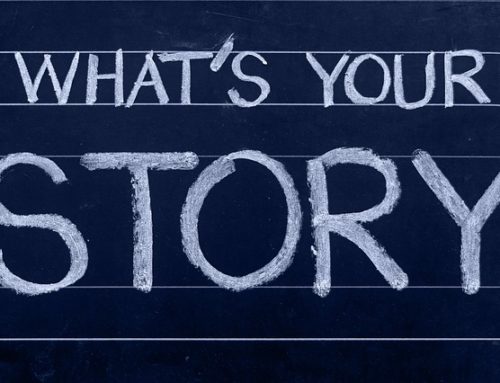 Outlines are like road maps. You can get to your destination without one, but you run the risk of chasing rabbit trails, or even worse, getting lost. It’s the same with writing a book. If we don’t know the end, how can we write the middle? Outlines solve that problem for us.
Outlines are like road maps. You can get to your destination without one, but you run the risk of chasing rabbit trails, or even worse, getting lost. It’s the same with writing a book. If we don’t know the end, how can we write the middle? Outlines solve that problem for us.Think of a book as a vacation destination. When my family goes on a trip, we
- Decide ahead of time where we want to go
- How long to stay
- What to do while we’re there.
Your book has a final destination.
You have imagined what you want your book to accomplish. You know what you want for your readers. What you want your readers to walk away with after reading your book is the thesis or goal. Every step, every chapter along the way ought to draw your reader closer to your imagined outcome for the book. Therefore, thinking this through ahead of time will make your writing time more efficient, enjoyable, and in the end, produce a high-quality product for your readers.
 What every writer ought to know about outlines
What every writer ought to know about outlines
Outlines make writing more efficient
Planning and writing use different parts of the brain. Switching gears from planning to writing and back to planning isn’t an inefficient use of our brain power.
Since planning and creating use two different parts of the brain, we will save time if we spend time planning the logical progression of our book before creating the text. Creating is more fun this way.
Outlines make the creating process more fun
I used to hate the idea of organizing and following an outline. I felt it would squelch my creativity. After I had started writing professionally, I realized the value of planning ahead. Writing without a map was mentally exhausting. Jockeying from left brain to right brain without the ability to see the dots connecting along the way stressed me out. Like many areas of my life, the pressure enticed me to change my opinion. In the end, my writing time was not only more efficient, but it became much more enjoyable. In addition, I produced a product that was easier to read.
Outlines yield quality books
An expert knowledge base, well-written use of language, and readability are measurable qualities that lead to poor or excellent writing.
For our purpose today let’s focus on the outline and its effect on readability. Rambling thoughts, disjointed ideas, and too much repetition make a book hard to read. We want our writing to be tight so that it will be easy to understand. An outline allows us to smoothly link one idea to the next because we’ve planned ahead. Each chapter is a logical progression toward our goal for the reader. We can give our readers just enough repetition to help them retain the essential parts without boring them to death. An outline helps us avoid saying the same things over and over and over.
What about you? Do you use outlines? How has planning ahead made your writing better?
If you want to learn more about outlines, take a look at Shelley Hitz’s site. My favorite is her video on mind map outlining tools. This article might interest you. Tips on Writing a Book — How to Write a Book From Outline to Finish line.
Write by grace,




